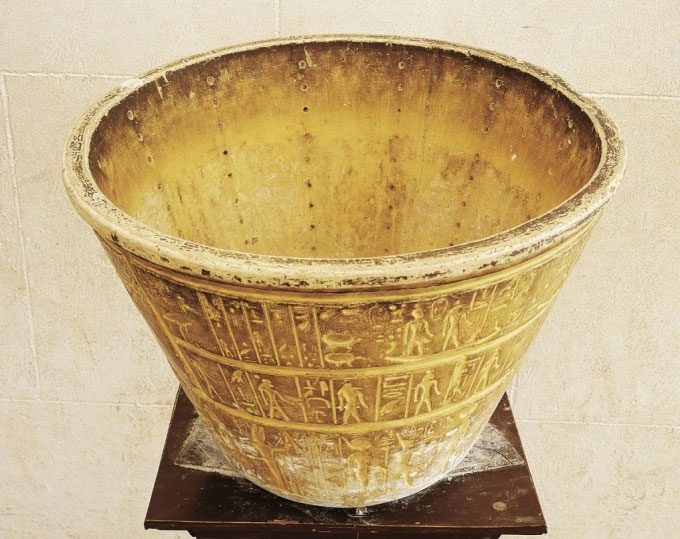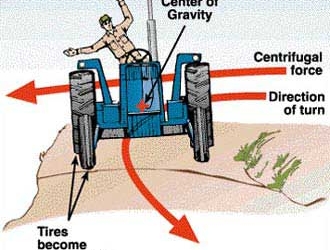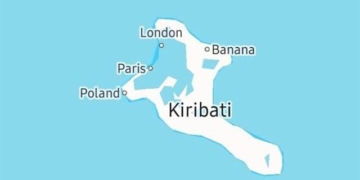Before the invention of electronic devices, people used water clocks to tell the time. These devices consisted of containers with markings and small drainage holes.
Today, tracking time seems like a given. People merely glance at their watches or mobile phones to know the time, even down to the exact second. However, prior to the invention of battery-powered devices, timekeeping was completely different.

Karnak Water Clock, currently housed in the Egyptian Museum. (Photo: Egyptian Museum).
For example, in ancient times, sundials were commonly used. However, this method of measuring time had its limitations. Sundials only functioned when there was sunlight and could not maintain a continuous division of time. To compensate for these shortcomings, the water clock was invented.
There are two types of water clocks: outflow and inflow. In an outflow water clock, the container is marked with measurement lines. The container is filled with water and leaks out at a steady rate. Observers can tell the time by the changing water level. An inflow clock operates on a similar principle, with water dripping steadily. However, the measurement lines are located in a second container. Based on the amount of water dripping from the first container, ancient people could determine how much time had passed.
The oldest known water clock, with verified evidence, dates back to around 1417 – 1379 BC, during the reign of Pharaoh Amenhotep III, and was used in the temple of Amen-Re at Karnak. Meanwhile, the earliest mention of water clocks can be found in inscriptions from the tomb of an official from the 16th century BC in Egypt.
The Karnak Water Clock was discovered in many pieces. This artifact, made of plaster, is designed to resemble a large flower pot, adorned with characteristic drawings arranged in three horizontal rows on the outside, alongside the image of King Amenhotep III. The clock features 12 carved columns with 11 evenly spaced markings, symbolizing the hours of the night. Water flows through a small hole at the bottom. To tell the time, ancient people would look inside the clock, observe the water level, and determine the hour based on the nearest marking.
However, water clocks also had some drawbacks. First, a constant water pressure was needed to maintain a steady flow of water. To address this issue, the clock sourced water from a large reservoir, where the water level was kept constant.
Another problem was that the length of day and night varied with the seasons, meaning the clocks needed to be adjusted every month. Ancient peoples employed various methods to solve this issue. For example, a disc with 365 holes of different sizes was used to regulate the water flow. The largest hole corresponded to the winter solstice, when the day is shortest, while the smallest hole corresponded to the summer solstice, when the day is longest. These two holes were located at opposite ends of the disc, with other holes arranged in between, increasing or decreasing in size. The holes corresponded to the days of the year and would be rotated at the end of each day.
Although the basic principle of the water clock is relatively simple, ancient people still faced several challenges related to water pressure and seasonal changes, making this type of clock increasingly complex. Compared to the ease of telling time today, humanity has certainly come a long way in its development.





















































